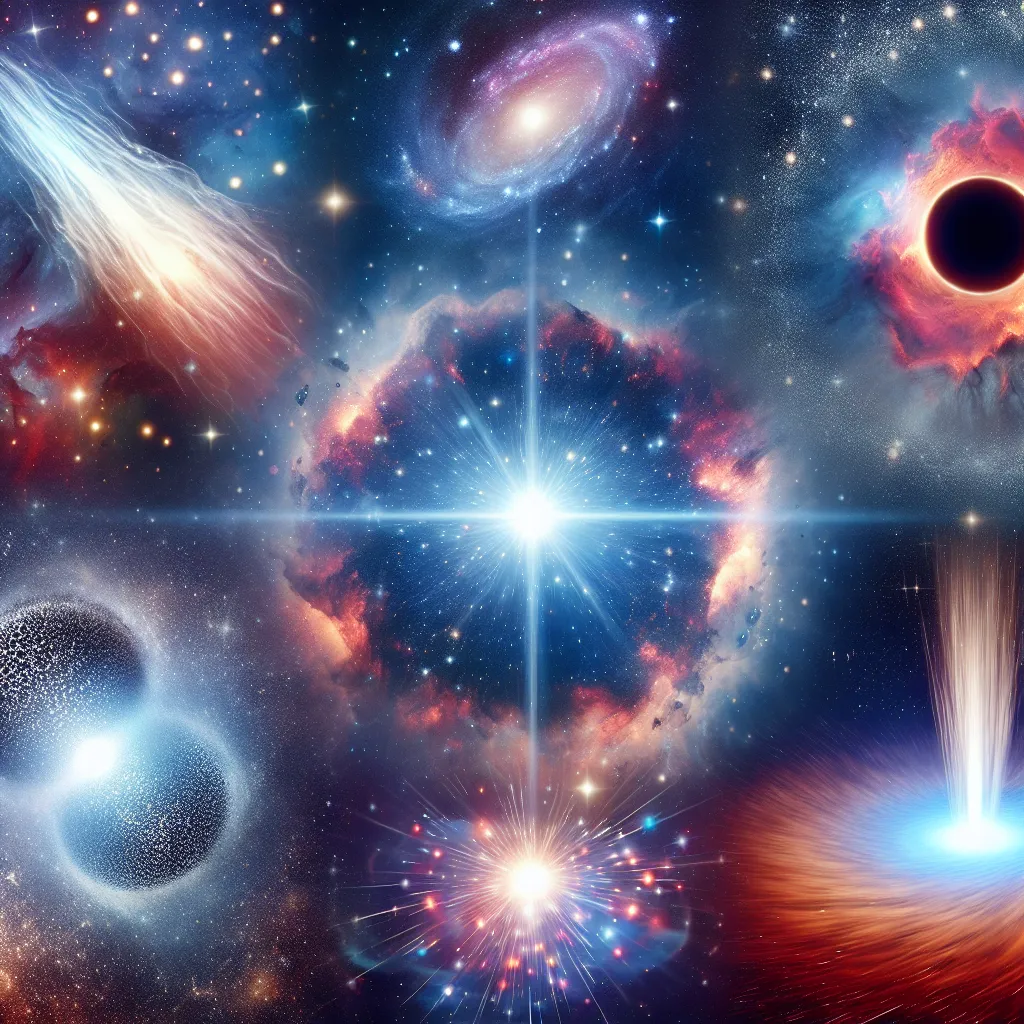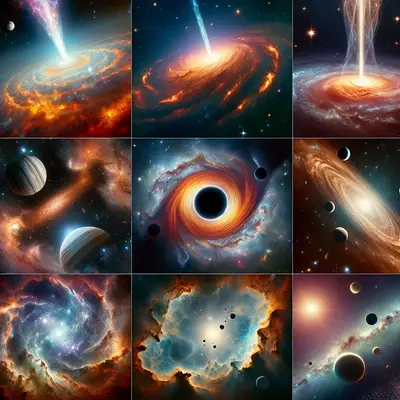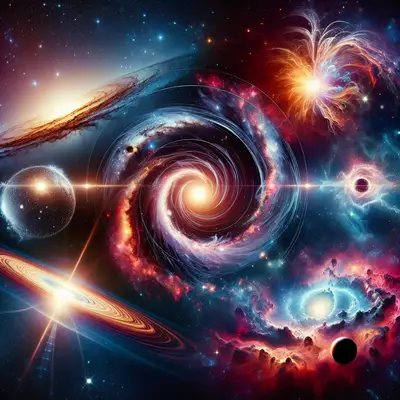Journey with us into the vast and mysterious expanse of our universe. As we delve into the cosmos, we will introduce you to five cosmic phenomena that will leave you starstruck. These intriguing findings and facts are sure to spark your curiosity and ignite your fascination with our boundless universe.
The Dance of Binary Stars
Binary stars, also known as star systems, consist of two stars orbiting around their common center of mass. This celestial dance is a mesmerizing spectacle. While they appear as a single entity to the naked eye, advanced telescopes reveal their true nature. This discovery has broadened our understanding of the universe and its numerous mysteries.
The Enigma of Dark Matter
Despite being invisible, dark matter is thought to account for approximately 85% of the universe's matter. Scientists are yet to directly observe dark matter, but its existence is inferred from its gravitational effects on visible matter. This elusive substance continues to be a topic of intense research and debate in the astrophysical community.
The Haunting Beauty of Nebulae
Nebulae are vast clouds of dust and gas suspended in space. They are often referred to as "the nurseries of stars" as they are the birthplace of stars. Their ethereal beauty has captivated astronomers and space enthusiasts alike. The iconic Hubble Space Telescope has provided us with breathtaking images of these celestial objects.
The Power of Supernovae
Supernovae are stellar explosions of epic proportions. They occur when a star exhausts its nuclear fuel and collapses under its own gravity, resulting in a spectacular explosion. The energy released is so immense that it can briefly outshine an entire galaxy. Supernovae also play a critical role in the cosmic cycle of matter as they scatter elements across space, contributing to the formation of new stars and planets.
Pulsars: The Universe's Timekeepers
Pulsars are highly magnetized, rotating neutron stars that emit beams of electromagnetic radiation. This radiation is so precise that they have been likened to cosmic lighthouses. Discovered in 1967, pulsars have become crucial tools in testing theories of gravity and studying extreme states of matter.
Conclusion
These cosmic phenomena are but a small fraction of the wonders that our universe holds. Each discovery and fact brings us one step closer to unraveling the mysteries of the cosmos. The next time you look up at the night sky, remember that there's an entire universe waiting to be explored, filled with phenomena that will leave you starstruck.



